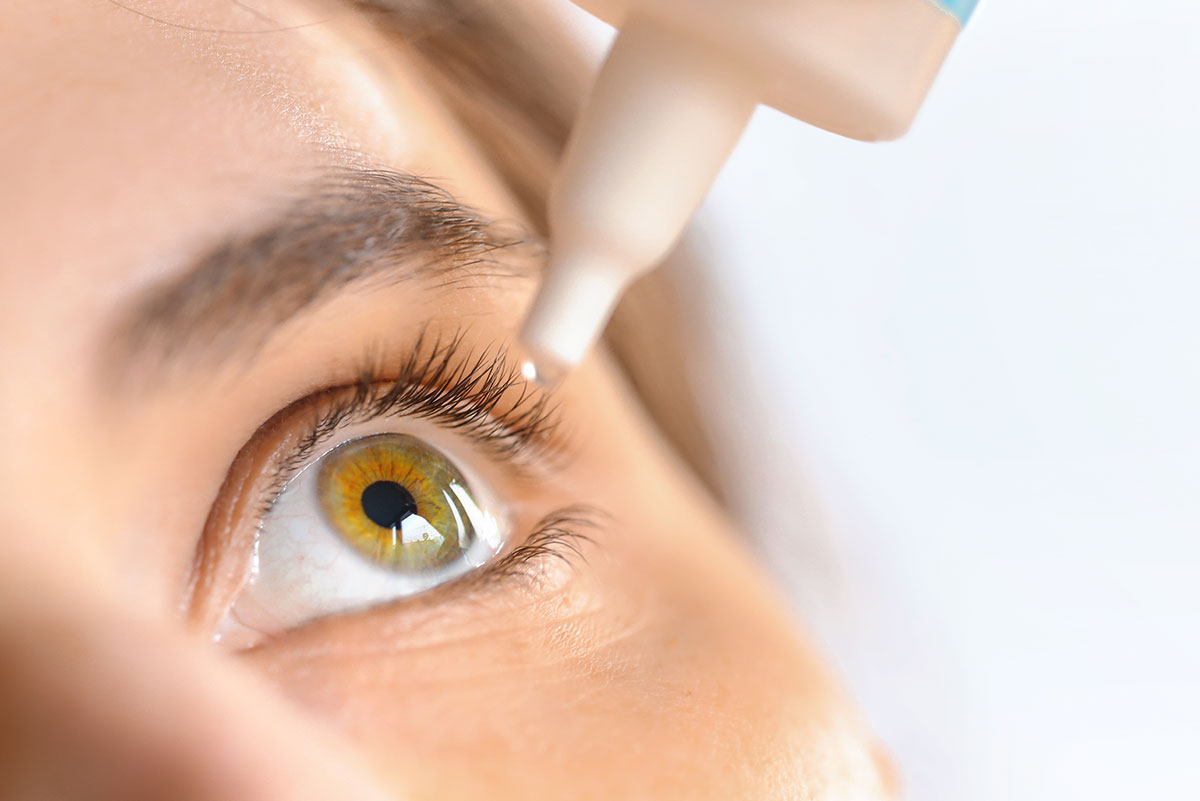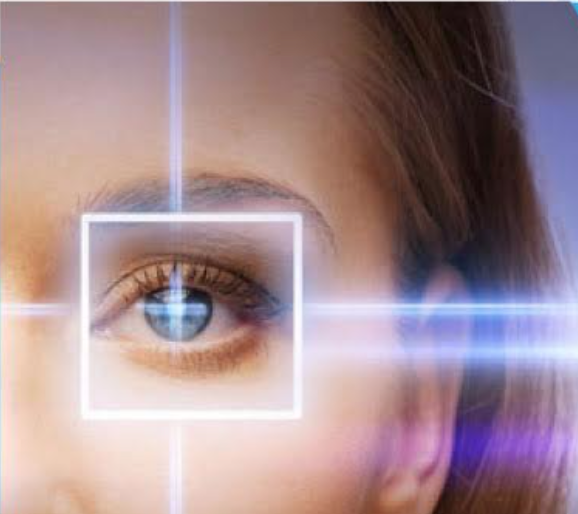Advanced Refractive Surgeries in AL: Explore Options at Our Clinic
Wiki Article
Exploring the State-of-the-Art Technologies Utilized for Dealing With and identifying Eye Conditions
In the world of ophthalmology, the development of technology has actually substantially improved the tools readily available for identifying and treating numerous eye conditions. From innovative imaging modern technologies that provide thorough insights right into ocular frameworks to robotic-assisted medical procedures that use unequaled precision, the landscape of eye treatment is continuously advancing. With the combination of artificial knowledge in diagnostics, gene treatment innovations, and online reality rehab, the opportunities for enhancing person results are expanding at a fast rate. The convergence of these sophisticated technologies holds the pledge of transforming the area of ophthalmology, offering new methods for personalized and efficient therapies.
Advanced Imaging Technologies
Advanced Imaging Technologies have reinvented the field of ophthalmology by supplying precise and in-depth visualization of the eye frameworks. Optical Coherence Tomography (OCT) stands apart as a vital technology in this world. OCT utilizes light waves to catch high-resolution cross-sectional photos of the retina, permitting the identification of minute architectural changes. This non-invasive method help in the very early detection and monitoring of various eye problems such as macular deterioration, diabetic retinopathy, and glaucoma.Moreover, Fundus Digital photography is an additional important tool in sensory imaging. This method includes recording thorough photos of the back of the eye, including the retina and optic disc. Fundus Digital photography aids in recording the development of eye diseases, assessing treatment effectiveness, and informing individuals concerning their eye health and wellness.

Robotic-Assisted Surgical Treatments
Robotic-assisted operations have actually considerably advanced the capabilities of ocular surgery, ushering in a new era of precision and efficiency in treating various eye problems. By incorporating robot modern technology right into operations, ophthalmologists can accomplish unrivaled accuracy and control, leading to improved patient outcomes.Among the key advantages of robotic-assisted surgical treatment in ophthalmology is the enhanced dexterity and security it supplies to doctors. The robot arms can carry out accurate movements with a high level of accuracy, permitting delicate treatments with very little invasiveness. This level of accuracy is particularly valuable in surgical treatments involving the retina, where even small errors can have substantial implications for a person's vision.
Additionally, robotic-assisted surgical systems provide real-time imaging and feedback to the doctor, allowing them to make informed choices during the treatment. This innovation enhances the doctor's situational understanding and permits adjustments to be made without delay, making sure optimal outcomes for the patient.
Expert System in Diagnostics
With the evolution of sophisticated innovations boosting surgical accuracy in ophthalmic treatments, the integration of Artificial Knowledge in diagnostics has become a pivotal advancement revolutionizing the area of eye treatment. Synthetic Knowledge (AI) algorithms are being progressively made use of to examine complex data from imaging modern technologies like optical coherence tomography (OCT) and fundus photography to aid in the early detection and precise medical diagnosis of various eye conditions. These AI systems can successfully identify patterns and anomalies in photos that may not be discernible to the human eye, allowing quicker medical diagnosis and treatment planning.AI algorithms can also predict condition development, recommend personalized treatment plans, and evaluate the effectiveness of interventions. By improving the diagnostic process, AI not only enhances the efficiency of eye care professionals but also improves patient outcomes by enabling prompt treatments. As AI proceeds to development, its function in diagnostics is expected to broaden, providing new possibilities for very early treatment and individualized therapy in the field of ophthalmology.
Gene Treatment Technologies
In the world of sensory developments, recent strides in genetics treatment developments have sparked significant rate of interest amongst scientists and healthcare specialists alike. Gene therapy holds tremendous guarantee in changing the treatment of different eye problems by targeting the hidden hereditary reasons. By introducing hereditary material right into cells to make up for irregular genetics or to give a missing gene, gene therapy supplies a personalized strategy to attending to acquired eye conditions such as retinitis pigmentosa, Leber hereditary amaurosis, and others that were formerly considered untreatable.
As research in genetics treatment remains to development, the capacity for customized therapies for a larger series of eye conditions expands, supplying brand-new expect patients with genetic eye illness.
Virtual Truth Rehabilitation
Digital truth rehab has actually emerged as a sophisticated technique in improving the healing and recovery processes for people with numerous aesthetic disabilities. refractive surgeries in al. By mimicing real-world environments through immersive modern technology, virtual reality uses a distinct system for vision therapy Extra resources and rehab. This cutting-edge approach makes it possible for people to participate in interactive exercises and activities designed to boost aesthetic skill, deepness perception, eye sychronisation, and overall aesthetic functioningOne key advantage of virtual truth rehab is its ability to personalize therapy programs based upon the particular needs and abilities of each person. Through real-time comments and surveillance, healthcare specialists can track progress, change treatments, and provide customized treatment to maximize outcomes. Additionally, online truth modern technology can create a safe and controlled room anonymous for people to practice visual tasks, conquer difficulties, and develop self-confidence in a digital setup prior to transitioning to real-world circumstances.
Conclusion
In conclusion, the developments in imaging innovations, robotic-assisted surgical procedures, expert system diagnostics, gene therapy innovations, and virtual reality rehabilitation have actually significantly boosted the medical diagnosis and therapy of eye problems. hearing service near me. These cutting edge technologies have revolutionized the field of ophthalmology, enabling for more reliable and precise procedures. As technology proceeds to develop, the future of eye treatment looks appealing with the potential for much more cutting-edge remedies to improve patient end resultsIn the world of ophthalmology, the development of technology has actually dramatically improved the tools readily available for identifying and treating numerous eye problems. Fundus Photography aids in documenting the progression of eye conditions, examining treatment efficacy, and informing clients concerning their eye health and wellness.
Synthetic Knowledge (AI) algorithms are being significantly used to analyze intricate data from imaging modern technologies like optical coherence tomography (OCT) and fundus digital photography to help in the very early detection and exact news diagnosis of numerous eye conditions.In verdict, the developments in imaging modern technologies, robotic-assisted surgical treatments, fabricated intelligence diagnostics, genetics therapy advancements, and virtual truth recovery have dramatically improved the medical diagnosis and therapy of eye conditions. As innovation proceeds to develop, the future of eye treatment looks promising with the capacity for also more cutting-edge services to enhance patient outcomes.
Report this wiki page